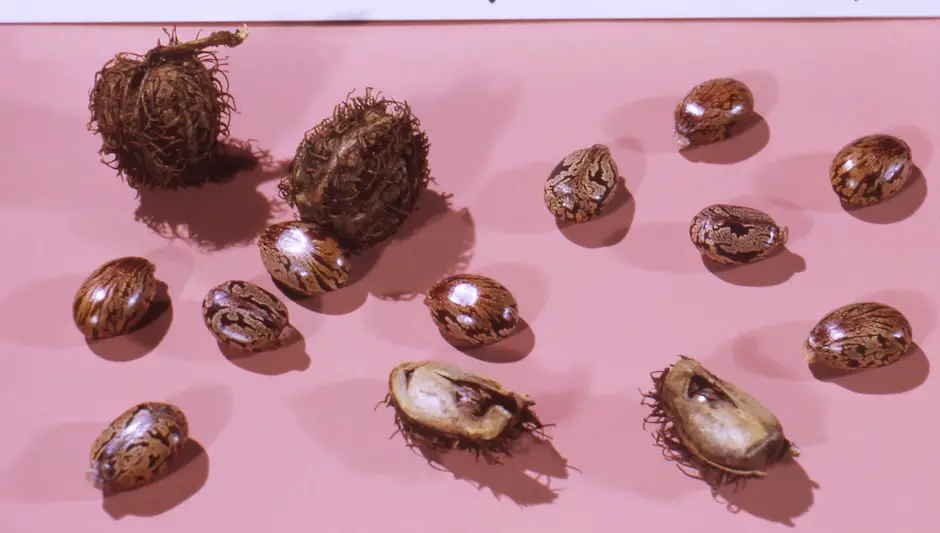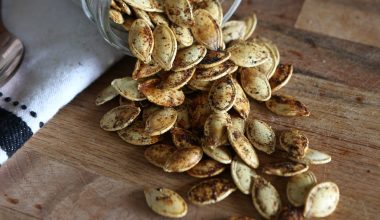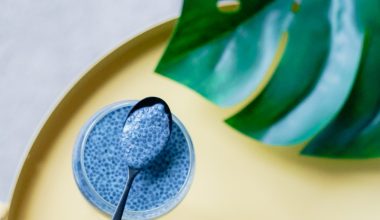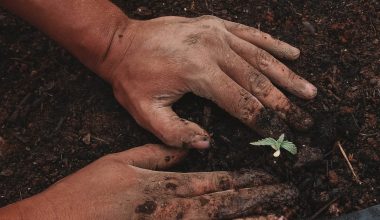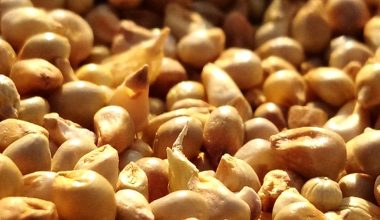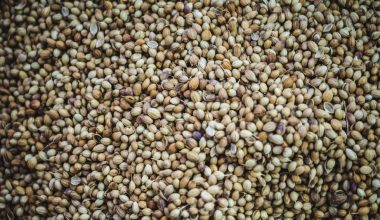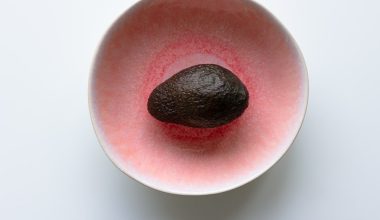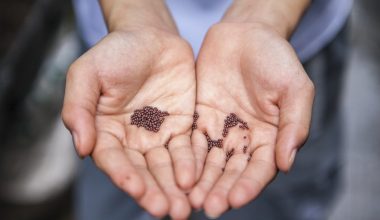Ricin can be made from the waste material left over from processing castor beans. It can be dissolved in water or weak acid, or in the form of a powder, mist, or pellet. It can be activated by heat above 80 degrees F (26 degrees C), but is a stable substance under normal conditions. Ricin is also used as a food additive.
States, ricin has been used in a variety of products, including food, cosmetics, and pharmaceuticals. The most commonly used form is the powder form, which is made by dissolving a small amount of the substance into a solution of water and sodium bicarbonate (baking soda).
The solution is then heated to a temperature of about 100 degrees Fahrenheit (38 degrees Celsius), and the mixture is allowed to cool to room temperature. This process is repeated several times until the solution has a consistency similar to pancake batter. In some cases, the product is mixed with other substances, such as sugar, to make it more palatable.
Table of Contents
How do you extract ricin from plants?
A rapid-extraction technique for the extract of free auxin involves freezing the plant tissue in dry ice and taking the extract in Erlenmeyer flasks at room temperature for two or three periods of 1/2 hour each.
In a preferred embodiment of the present invention, the freeze-drying process is carried out at a temperature of about -20° C. to -25°C. The freezing temperature is chosen so as to minimize the formation of ice crystals, and the freezing time is preferably about 10 minutes.
After the ice crystal formation has been stopped by the use of an ice-water bath, a solution of sodium hydroxide (NaOH) in water is added to the frozen tissue. This solution is allowed to remain in the freezer for a period of at least 1 hour, preferably 1.5 to 2 hours.
Then the tissue is placed in an oven at about 250° F. for about 2 to 3 hours, at which time it is removed and placed on a cooling rack.
What solvents are used to extract ricin from castor beans?
One method of preparation for crude ricin is the acetone extract of crushed, powdered, and/or finely ground materials. This method has been shown to be effective for the preparation of a small amount of the active ingredient. However, it is not known whether this method can be used to produce a large quantity of material.
The extraction step is preferably carried out using a rotary evaporator. In some embodiments, the solvent used in the extraction may be a water-soluble organic compound that is soluble in water and is capable of dissolving in aqueous solutions of organic solvents.
What is the perfect poison?
Thallium has been called the perfect poison because it can be fatal in small amounts. It is also known as the “poison of the gods” because of its ability to kill gods and goddesses.
It is believed to have been used by the ancient Greeks and Romans as an aphrodisiac, and it is still used today by many cultures.
Is it illegal to grow ricin?
Growing the plant as an ornamental or a crop is not illegal, but extracting and concentrating ricin from it is, as you would in effect be making a potent biological weapon (obviously, I do not mean to imply that this is a bad thing). In fact, the U.S. Department of Homeland Security (DHS) has issued a warning to the public about the potential dangers of growing the plants in the United States.
The warning was issued in response to a report by the National Academies of Sciences, Engineering, and Medicine (NASEM). NASEM report, titled “Ricin: A Threat to Public Health and National Security,” was published in March of this year.
It was written by a team of researchers from the University of California, San Francisco (UCSF) and the Massachusetts Institute of Technology (MIT), as well as the Centers for Disease Control and Prevention (CDC), National Institute for Allergy and Infectious Diseases (NIAID), and Food and Drug Administration (FDA). It is the first comprehensive review of the scientific literature on the effects of ricinus communis on humans and animals.
Is castor bean illegal?
Ricin is a deadly poison that can be extracted from the seeds, or beans, of a castor oil plant. Purchasing the seeds to grow a castor oil plant is not illegal but it is illegal to sell them.
Can a human survive ricin?
Ricin poisoning can cause death, but it isn’t always fatal. Symptoms depend on the amount of ricin, and how a person is exposed to it: Symptoms can be very severe if ricin is found in food or water. Ingestion of a small amount (less than one-tenth of an ounce) can also cause symptoms similar to those of food poisoning, such as nausea and vomiting.
However, the symptoms may not be as severe as those caused by the ingestion of large amounts of the poison. The most common symptoms are diarrhea and abdominal cramping, which can last from a few hours to several days. Some people may also experience a rash or other skin rashes. In severe cases, death can occur within 24 to 48 hours of exposure.
Can you build immunity to ricin?
The results clearly showed that animals — and probably humans as well — can be rendered immune against ricin with a simple injection. It only works as a prophylactic. It’s almost impossible to get rid of the poison after someone has taken it.
“It’s not going to kill you, but it will make you sick for a long time,” said Dr. William Schaffner, director of the National Institute of Allergy and Infectious Diseases, who was not involved in the study. “You can’t get it out of your body.
How many castor seeds are fatal?
We conducted a systematic review and meta-analysis of all published human toxicology reports on ricin-contaminated coffee. (CENTRAL) from inception to December 31, 2012, using the following search terms: “castor beans,” “raccoon bean,” and “caffeine.” We also searched the reference lists of retrieved articles for additional relevant studies.
In addition, we contacted the authors of relevant articles and asked them to provide additional information about the study design, sample size, duration of follow-up, number of children or adults who were exposed, dose of ingested beans, or other relevant information. A total of 11 studies met our inclusion criteria.
How do you extract a castor seed?
It is possible to extract 74,75 castor oil by either mechanical pressing, solvent extraction, or a combination of pressing and extract. After harvesting, the seeds are allowed to dry so that the seed hull splits open and releases the oil. The oil is then separated from the hull by centrifugation. The oil may be further purified by distillation, filtration, and evaporation.
